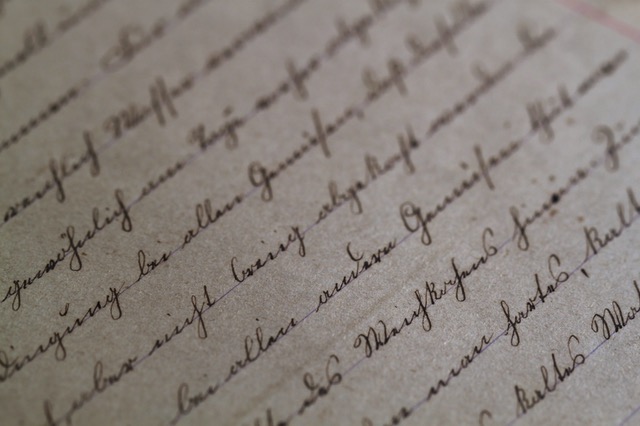 In the United States, a trainer is an individual who teaches skills. In Great Britain, it is an athletic shoe. A bog in the U.S. is a swamp. In Great Britain, it’s a toilet. In Oregon, a buggy is an old-fashioned term for a stroller, horse carriage or car. In North Carolina, it’s a modern term for a shopping cart.
In the United States, a trainer is an individual who teaches skills. In Great Britain, it is an athletic shoe. A bog in the U.S. is a swamp. In Great Britain, it’s a toilet. In Oregon, a buggy is an old-fashioned term for a stroller, horse carriage or car. In North Carolina, it’s a modern term for a shopping cart.
Even when nations speak the same language, the cultures within it greatly influence what different words mean. When translating poetry, an individual must take a broad idea that can be interpreted in many different ways and translate it into a recognizable, familiar idea that remains true to the original text. The skill is a subject activity and multi-faceted process tangled with linguistic and cultural restraints that lends itself to new interpretations that the original poet may have never imagined.
Cultural Considerations When Translating Poetry
Literary and Cultural Understanding and Bias
One of the most challenging tasks when translating poetry is communicating culture-specific ideas because a translation isn’t just affected by the poet’s culture, but also the translator’s understanding of and biases toward the poet’s and target’s culture. Ancient Romans understood this during their conquests. To introduce Romans to Greek culture, for example, Roman translators carefully imitated Grecian stylistic elements to keep the literature as faithful to the original literature as possible. After conquering Greece, however, Roman translators did not feel the need to pay as much attention to preserving the integrity of the original texts. Instead, they adapted the texts as a way of demonstrating Roman literary achievements. As a result, the translations didn’t serve as an imitation or interpretation; they were the competition. The translations accommodated Roman views of Grecian society. This was not the first culture to do this, nor will it be the last.
Metaphors
Metaphors are one of the most important elements of figurative language and are often ripe with culture-specific undertones. They contain the core of a poet’s message and serve as a source of enrichment for the target audience. Because metaphors often relate to a culture’s customs and history, they may create unique difficulties in translations.
Metaphors born of traditions, religious beliefs, geographical surroundings, environment and historical events are sometimes difficult to translate. In English, for instance, the word dog is relatively neutral. An individual might say a lottery winner is a lucky dog. In Chinese, the word dog may have a derogatory connotation and be a word used to describe someone who is snobby or mean. When a metaphor in the original language does not make sense in the target language, an individual might have to translate metaphors using similes to retain the original idea or image.
Allusions
Allusions in poetry can be just as difficult, if not more difficult, to translate if the cultures in question did not share the same history or texts. When an Arab poet alludes to Qu’ranic texts, for example, a Western reader might not understand the scriptural origins. In such instances, a translator might have to provide a reader with footnotes, glossary or other notes to explain the context of the idea.
Translating the nuances found in poetry is a complicated yet vital task. When a translator sees culture as a collection of experiences that give daily life its form, the individual links more than just words; she links worlds.
